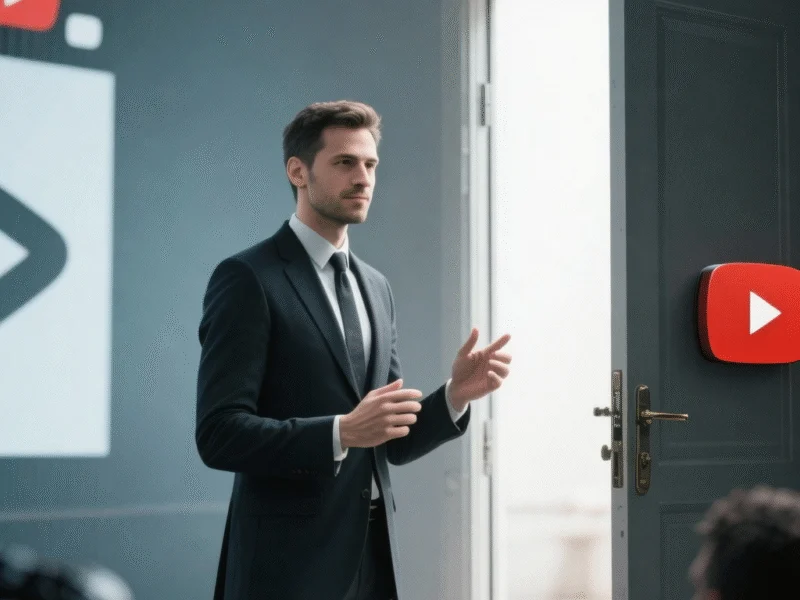YouTube has opened applications for banned creators to return to the platform through a new “limited pilot project” announced last month. The second chance program specifically targets channels removed under policies that YouTube has since abandoned, marking a significant shift in the platform’s approach to content moderation and creator rehabilitation. This initiative represents one of the most substantial changes to YouTube’s enforcement policies in recent years.
YouTube’s Second Chance Program Eligibility Requirements
Not all terminated channels will qualify for reinstatement under the new program. YouTube has explicitly excluded certain violation categories from eligibility, including channels banned for copyright infringement and violations of policies against abuse and violence occurring off-platform. Eligible creators will find an option to request a new channel directly within YouTube Studio over the coming weeks, though the platform emphasizes this remains a limited pilot with no guarantee of approval for all applicants.
The selective nature of the program reflects YouTube’s attempt to balance creator opportunities with maintaining platform safety. As noted in related analysis on content moderation trends, digital platforms increasingly face complex decisions regarding enforcement consistency and policy evolution.
Political Context and Censorship Concerns
YouTube’s announcement coincided with a conciliatory letter to Republican Representative Jim Jordan, who has repeatedly accused social media companies of suppressing conservative voices. The timing suggests YouTube may be responding to political pressure regarding alleged censorship practices, though the company maintains the program addresses outdated policies rather than political bias.
This development occurs amid ongoing debates about content moderation and conservative viewpoints on social platforms. Additional coverage of congressional pressure on tech companies reveals the broader political landscape influencing these platform decisions.
Implementation and Creator Impact
The reinstatement process involves several key components:
- Limited scope: Only channels banned under abandoned policies qualify
- Application-based system: Creators must actively request reconsideration
- New channel creation: Successful applicants receive fresh channels rather than restored original content
- Exclusion of serious violations: Copyright, abuse, and violence-related bans remain permanent
This approach allows YouTube to address past enforcement decisions while maintaining consequences for what it deems the most serious violations. As explored in additional coverage of platform policy impacts, such calibrated responses represent an evolving strategy in content governance.
Broader Implications for Digital Platforms
YouTube’s pilot program signals a potential trend toward reconsideration of permanent bans across social media platforms. As policies evolve and public pressure mounts, companies may increasingly implement mechanisms for case reevaluation. This development follows similar initiatives from other platforms addressing concerns about political bias in content moderation.
The business implications extend beyond content policy, as noted in related analysis of corporate responses to external pressure. Platform governance decisions increasingly intersect with investor concerns, regulatory scrutiny, and public perception management.
References
- YouTube Platform Overview
- Jim Jordan Political Profile
- YouTube Policy Enforcement Guidelines
- Republican Party Information
- US Conservatism Overview
- Censorship Definition and Context
- Congressional Letter to YouTube
- Market Impacts of Policy Changes
- Digital Platform Liability Analysis
- Corporate Governance and External Pressure
